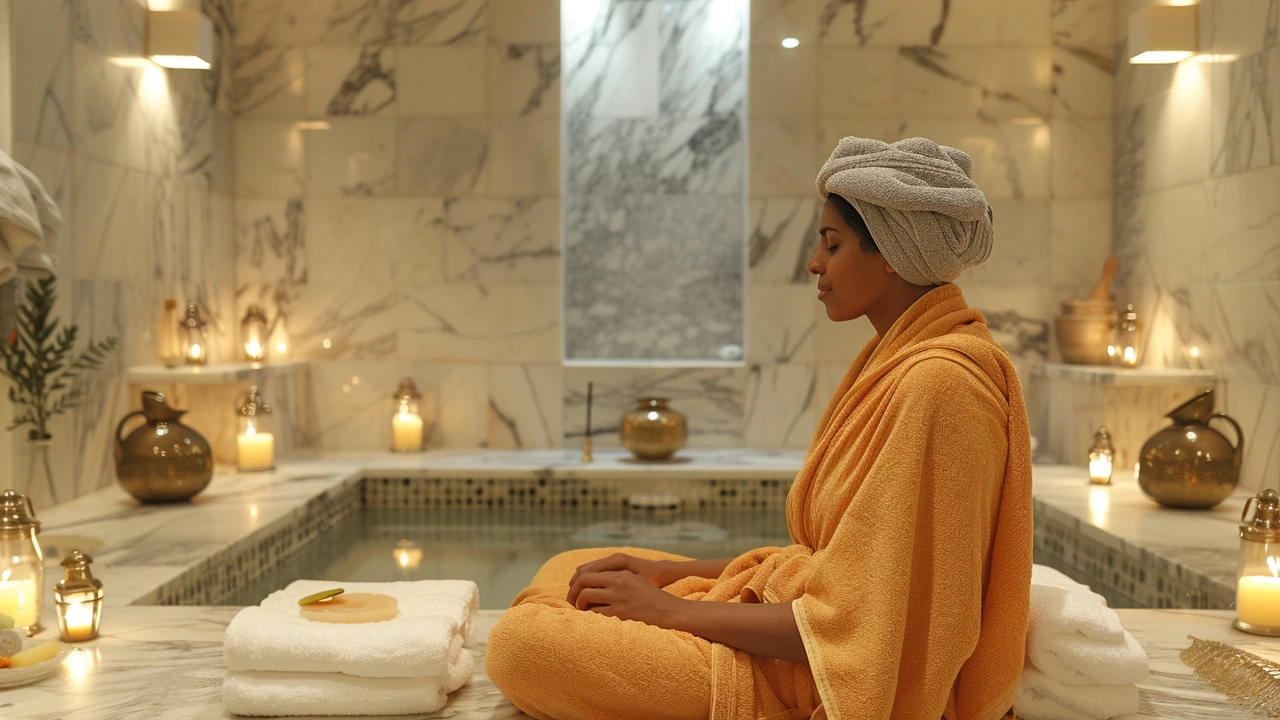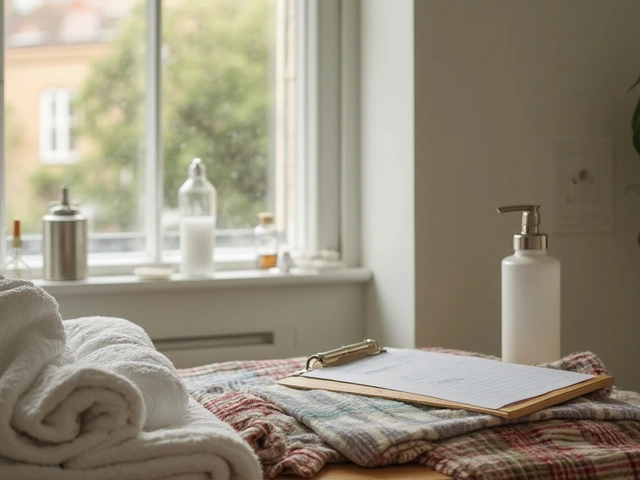Traditional Spa: Real Therapies That Work for Body and Mind
Think traditional spas are all the same? They’re not. Traditional Spa treatments like hammam, hilot, Lomi Lomi, and hot stone therapy follow long-standing rituals that focus on rhythm, heat, pressure, and slow touch. These methods aim to ease muscle tension, reset breathing, and calm your nervous system—often in a single session.
Start by picking what you want: pain relief, better sleep, stress drop, or cultural experience. If you want deep muscle release, look for hot stone, trigger point, or Amma massage. For gentle structural change and posture, options like Rolfing or Hellerwork are better. If you want a soothing cultural ritual, try hammam or Lomi Lomi—both include heat, cleansing, and a slower, full-body flow.
What to expect in a session
Most traditional spa sessions run 45–90 minutes. You’ll usually get a short intake where the therapist asks about pain, injuries, and goals. Expect oils, towels, and sometimes heat (stones or steam). Therapists use their hands, forearms, elbows, or tools depending on the technique. Speak up about pressure—good therapists adjust on the spot. After the session, drink water and rest for 10–30 minutes to let your body settle.
Some therapies focus on energy and touch rather than physical force. Hilot and healing touch aim to rebalance circulation and relaxation; you’ll feel gentle manipulations rather than hard pressure. Ortho-Bionomy and Feldenkrais use movement and small adjustments to teach your body easier ways to hold itself. These sessions can feel subtle but add up over several visits.
How to choose the right treatment
Check two things: your goal and the therapist’s training. If you have chronic pain or a condition like scoliosis, seek practitioners trained in Rolfing or Ortho-Bionomy and tell them your history. For a short-term stress reset, a warm stone or hammam session works well. If you’re curious about a cultural method such as hilot or Kahuna, pick a place that respects the tradition and explains the steps before starting.
Read reviews that mention the therapist by name, not just the spa. Ask how they handle injuries, what oil or products they use, and whether they allow adjustments during the session. Price matters, but experience and safety matter more. A skilled therapist can save you time and discomfort.
Want to get more from a visit? Hydrate well, avoid heavy meals beforehand, and arrive 10–15 minutes early. After the session, move gently—short walks or light stretching help keep the benefits. Book follow-ups if you’re treating pain; many traditional methods work best as a short series, not a one-off.
Traditional spas pack a lot into simple rituals. Pick a clear goal, choose a trained practitioner, and treat sessions as a practical part of your self-care routine—not a one-time fix. You'll likely feel better, move easier, and sleep deeper when you match the right treatment to your needs.
Try a two-visit test: book two different traditional spa styles within a month to compare effects and find what truly helps your body, and improve daily life.

Exploring Hammam: The Ultimate Guide to Traditional Spa Experiences
Dive into the ancient world of Hammam for a rejuvenating spa experience that transcends time. This article takes you on a detailed journey into the heart of traditional Hammam treatments, explaining their origins, processes, and the myriad of benefits they offer. From steam baths to rigorous body scrubs and massages, learn how these practices promote physical and mental well-being. Whether you're a spa aficionado or a newcomer curious about Hammam's healing properties, this guide equips you with everything you need to know to embrace this timeless wellness tradition.
Categories
- Health and Wellness (148)
- Alternative Therapies (86)
- Massage Therapy (40)
- Travel and Culture (15)
- Beauty and Skincare (9)
- Holistic Health (8)
- Health and Fitness (5)
- Spirituality (5)
- Other (2)
- Personal Development (2)
Popular Articles



